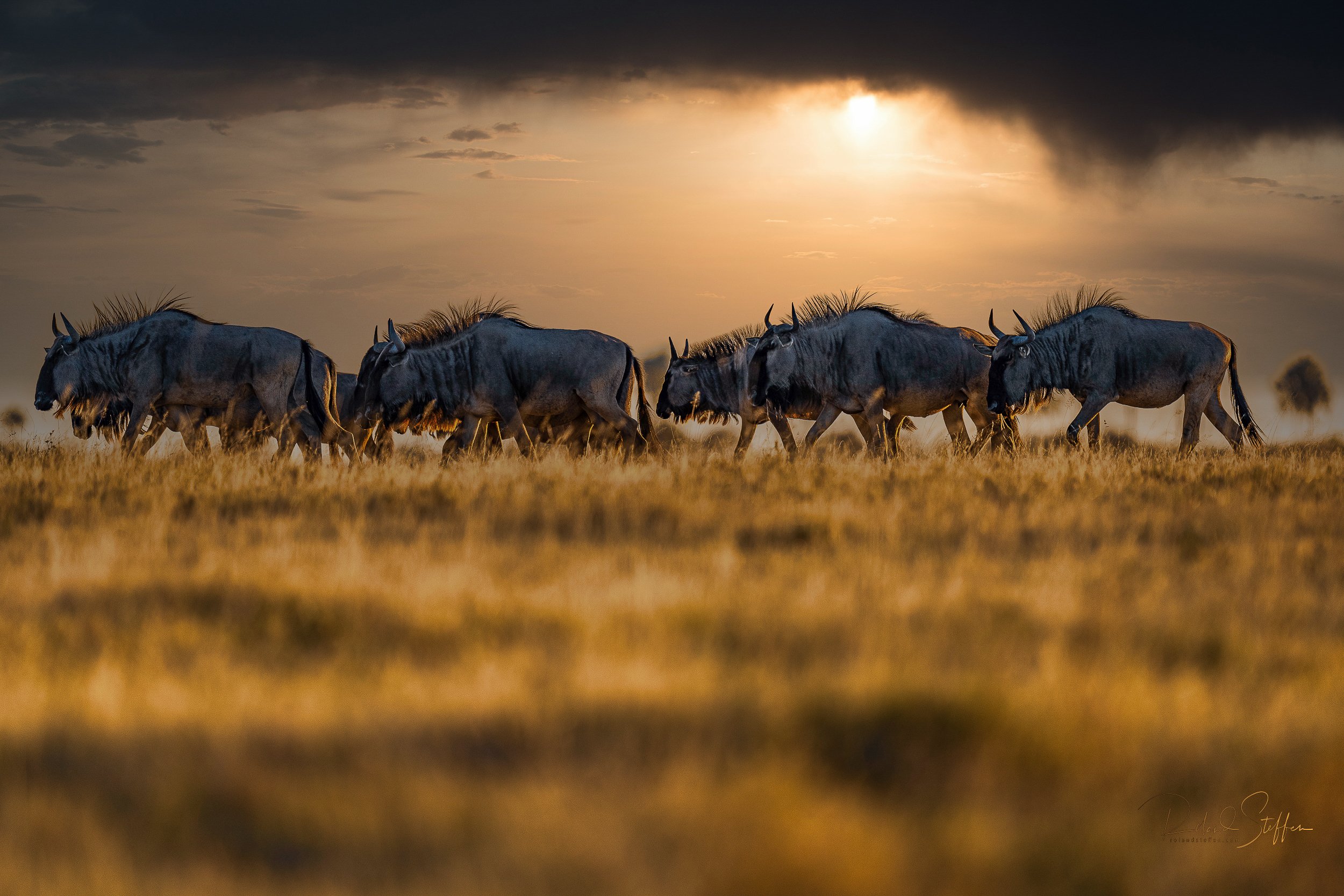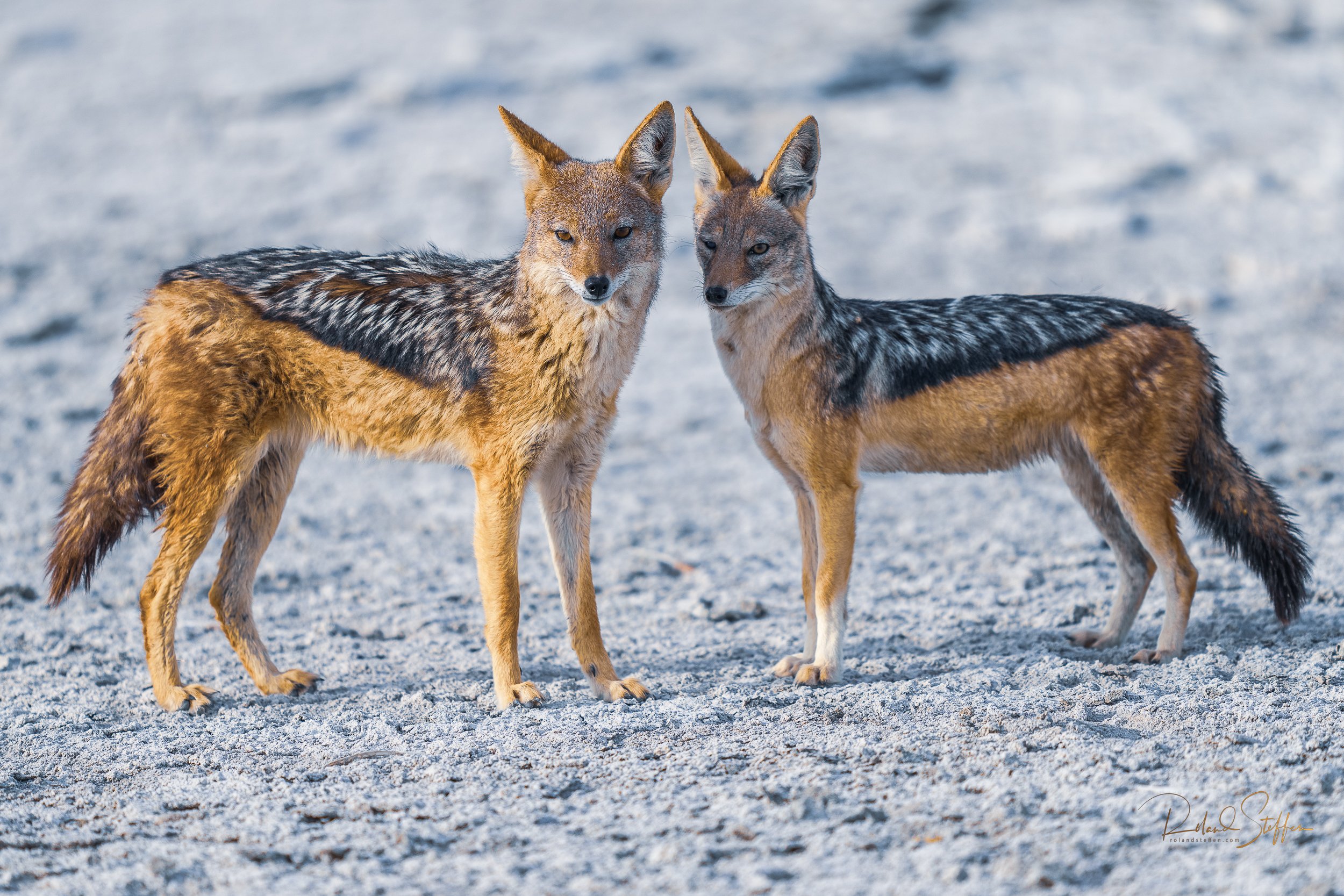Makgadikgadi Salt Pan - last part of our trip in Botswana
The last three days of our Botswana trip we flew from Maun to the Makgadikgadi Salt Pans - here we found a completely different scenic scenario - these salt pans are very impressive. It’s amazing how many animals there are despite the temporary lack of water.
The Makgadikgadi Pans National Park is a salt pan – with an area of 3,900 kilometers. Situated in the middle of the dry savanna of north-eastern Botswana. However, it is one of the largest salt flats in the world. Lying south-west of the Okavango Delta and surrounded by the Kalahari Desert.
Makgadikgadi Pans National Park comprises nutritious grasslands, attracting thousands of animals. It is, however, an area of low rainfall and the Boteti River rarely flows to capacity – but often has everlasting pools that attracts waterbuck, bushbuck and hippos. Journeying into this magical land and across the desolate pans, you will somehow feel its ancient glamour.
The Zebra Migration in Botswana begins when the rains start to fall - usually around the end of November to early December. The best time to visit the Makgadikgadi Pans National Park, depends on the kind of experience you’re looking for. The pans itself is only accessible during the dry season – from March to October. When the glaring white surface spreads so far that you can see the curvature of the earth. This season includes peak winter days with sunny and warm daylight hours, but the nights are extremely cold. However, from August to November – windy weather sets in, with October being the hottest month – the wildebeest and herd of zebra migrates slowly towards the Boteti River in anticipation of the rains. Meanwhile, the wet summer season of November to March. Road become impossible – but the Pans usually retain water into April or May. Which is great for birding and game watching.
Photographer: Roland Steffen - Gear: SONY Alpha 1 with Sony FE 400mm f2.8 GM OSS, FE 100-400mm F4.5-5.6 GM OSS. Pictures not to be used without my explicit permission.










